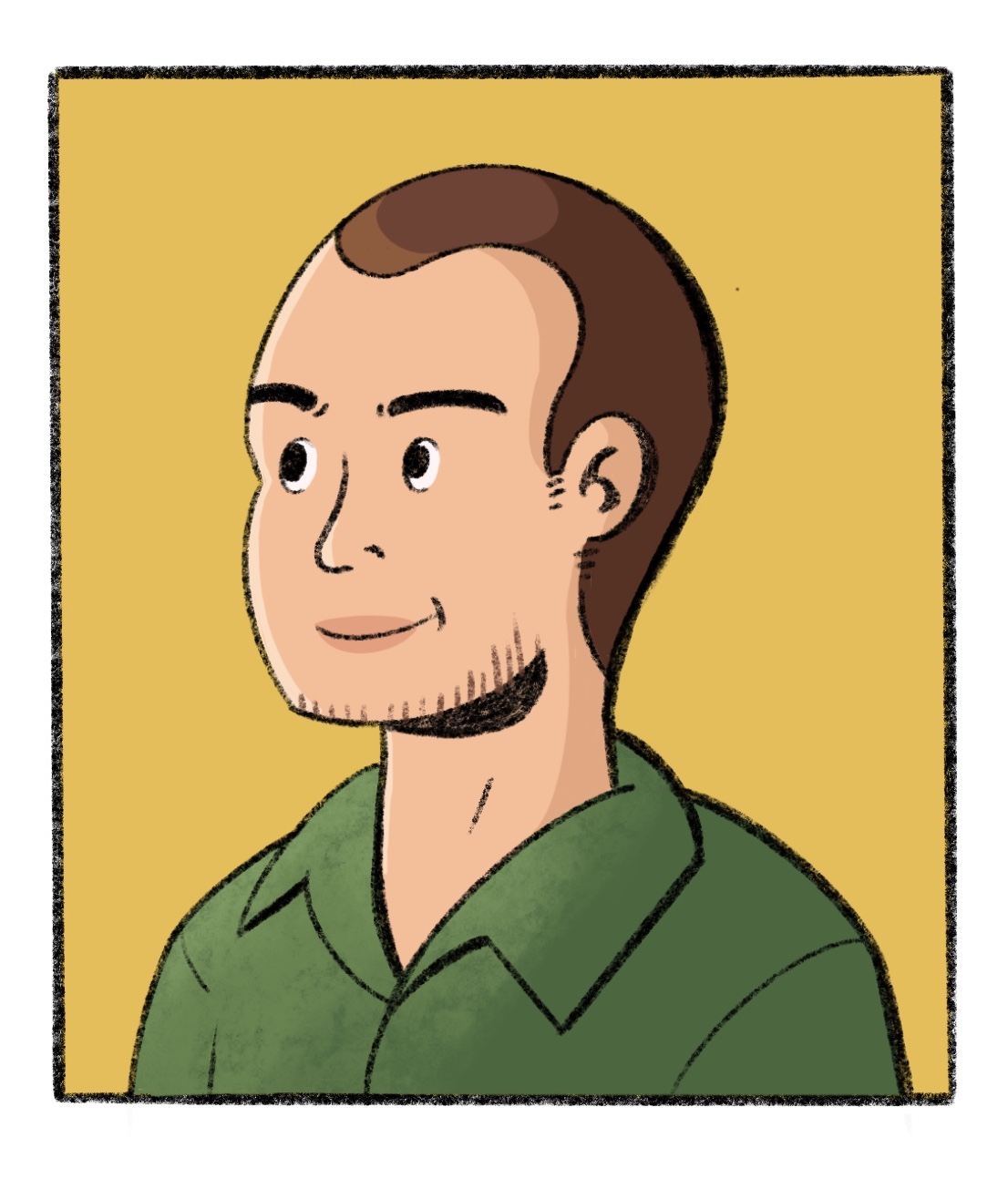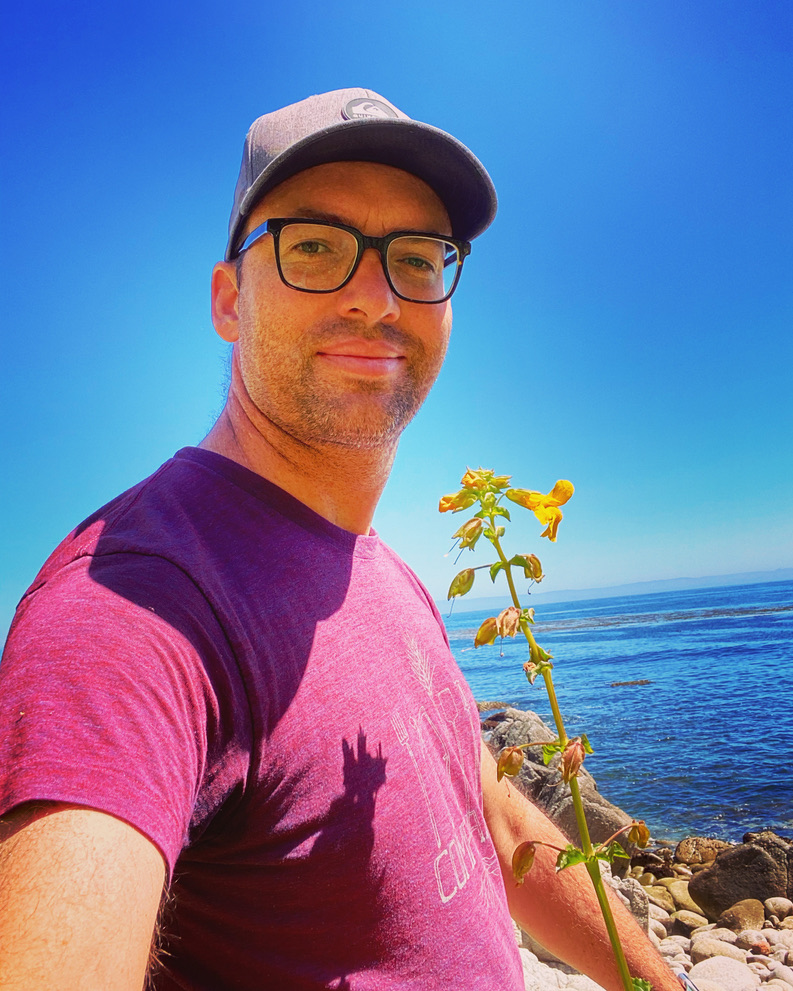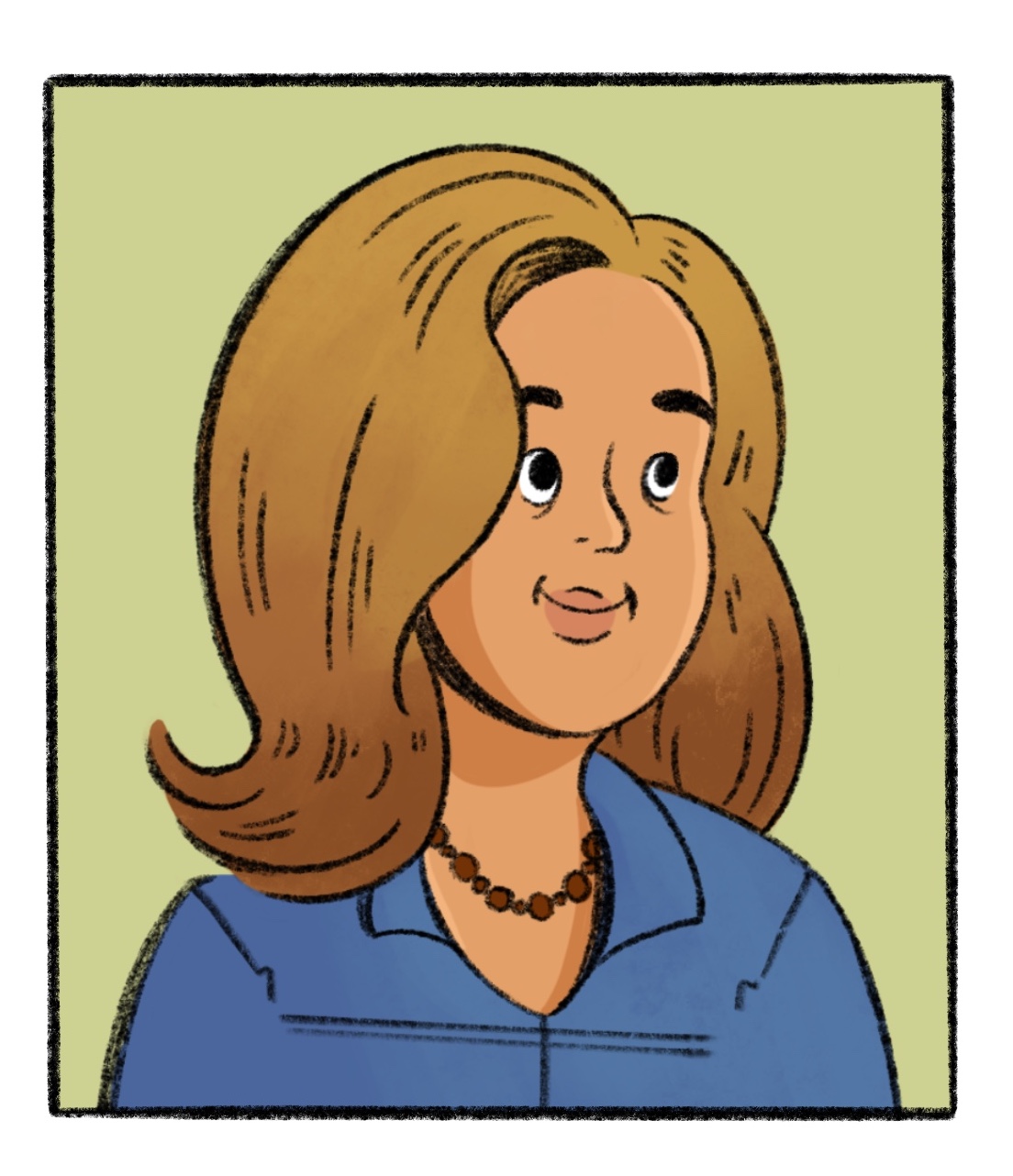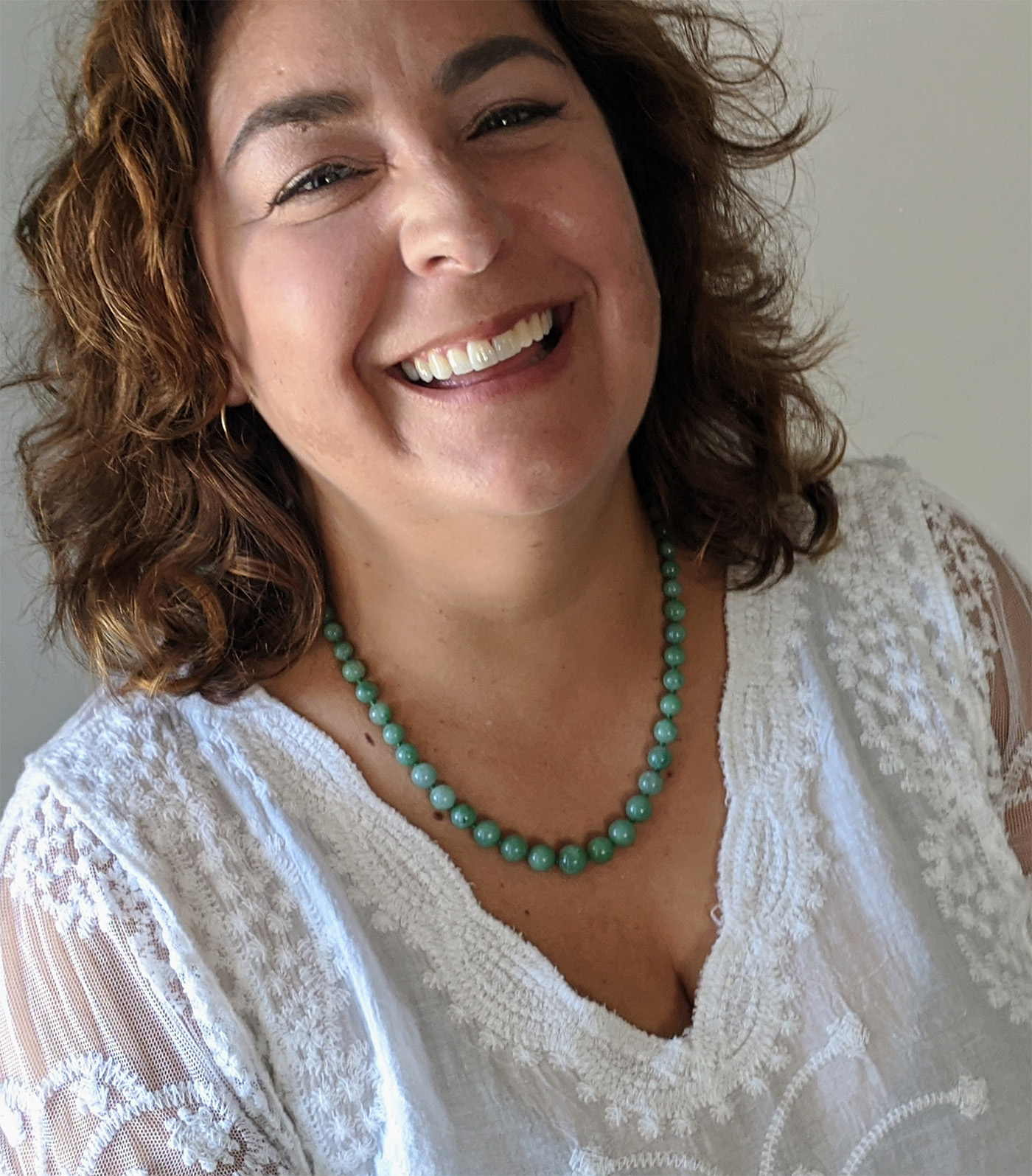Health in Our Hands
It doesn’t take long to see that the curriculum born from this collaboration makes for a much different experience than the high school biology classes of yore. For starters, it has a comic book for a workbook.
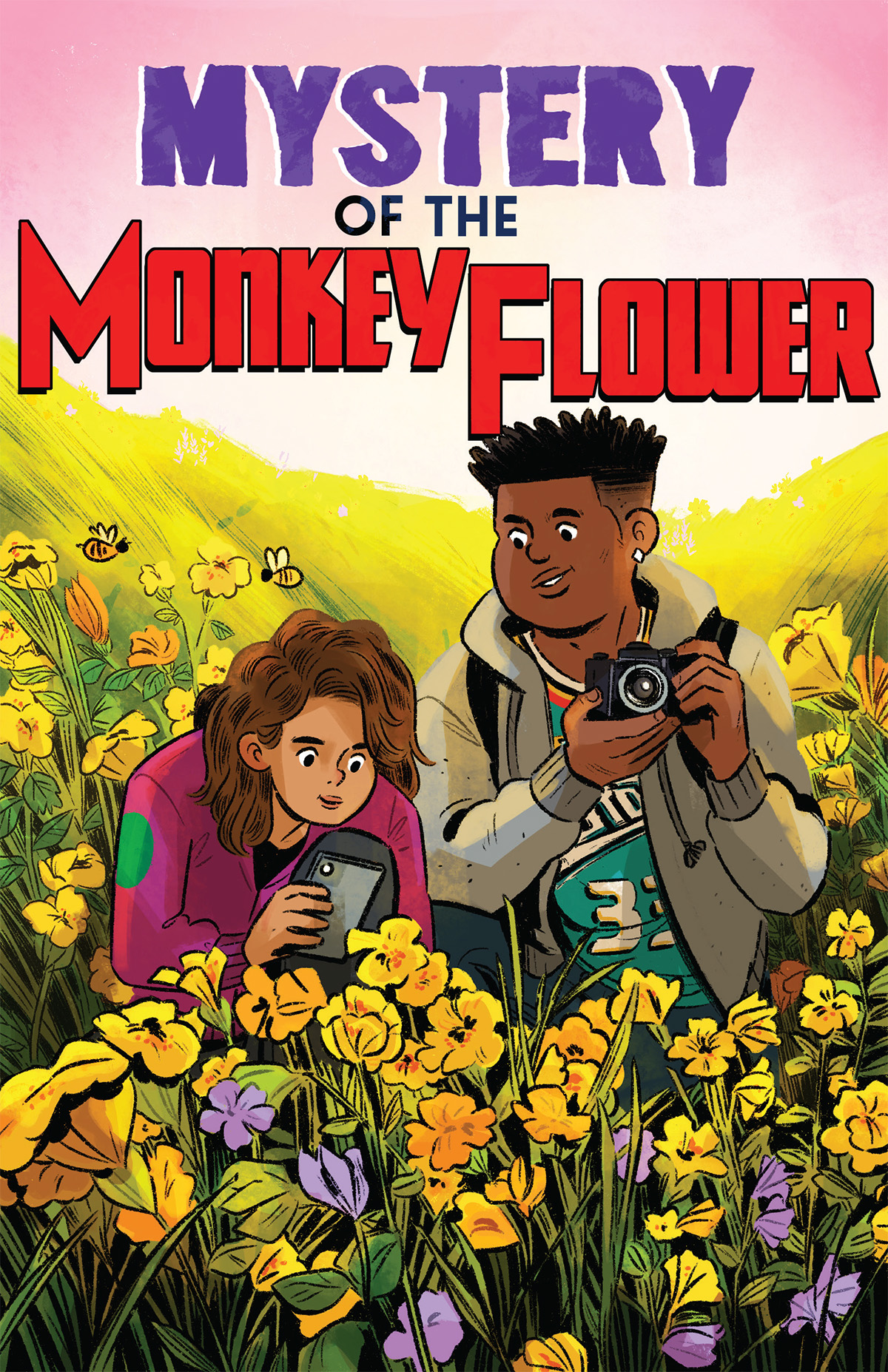
The cover of the comic book used in a new high school science curriculum, developed by a collaboration between Michigan State University researchers. It was conceived by Idit Adler, written by Danny Jackson and illustrated by Louie Chin. Credit: Michigan State University (CC-BY-SA 4.0)
Secondly, students are getting their hands dirty growing plants called yellow monkeyflowers that MSU researchers are actively studying. The high schoolers are asking some of the same questions professional plant scientists are trying to answer.
This curriculum is designed to make the idea of science as a field of study and a potential career path more accessible to teenagers.
“We’re getting them engaged with science in science practices, not just having them learn about science,” says Hildah Makori, who joined the CREATE for STEM Institute at MSU as a postdoctoral research associate and curriculum specialist in 2021. “They learn to look at things differently. That’s a lifetime impact.”
The institute’s name is an acronym for Collaborative Research in Education, Assessment and Teaching Environments for the fields of Science, Technology, Engineering and Mathematics.
Collaborative in name and in nature, CREATE for STEM is operated by the College of Education, the College of Natural Science and the Lyman Briggs College in coordination with the Office of the Provost.
The institute’s high school STEM curriculum is part of the Health in Our Hands program, which CREATE for STEM runs with support from a National Institutes of Health Science Education Partnership Award. Now in its third round of funding, Health in Our Hands is helping schools implement and meet modern science education standards that were finalized in 2013.

Hildah Makori, who was a postdoctoral research associate and curriculum specialist with the CREATE for STEM Institute at Michigan State University. Credit: May Napora/MSU
Under these standards, students are encouraged to ask questions and challenged to find answers with teachers providing support, guidance and resources as needed. In a way, the standards give students the keys to start investigating like scientists and thinking of themselves as scientists.
Health in Our Hands then helps them drive with a comic book that serves as a sort of roadmap.
Idit Adler, a former postdoctoral researcher at CREATE for STEM, came up with the idea for the “Mystery of the Monkeyflower” story and comic. She also helped launch the project and develop its original curriculum.
The comic was written by Danny Jackson, who the team described as the perfect person for the job. He worked at MSU as a research technician after earning his bachelor’s degrees in creative writing and ecology and evolutionary biology at the University of Colorado, Boulder.
Jackson is now a doctoral student at Arizona State University and Adler is a science education researcher at Tel Aviv University in Israel. Louie Chin, a professional illustrator based in New York City, was the artist.
The comic book’s main characters — a pair of young field scientists — invite the high school students to help with plant research inspired by a real project at MSU. The students grow their own yellow monkeyflowers and then observe, hypothesize and experiment as they learn about genetics, evolution and how those interact with the environment.
The approach is generalizable, but Health in Our Hands prioritized working with underrepresented and underserved communities in Michigan so it also can work to shrink opportunity gaps in the sciences.

Irene “Renee” Bayer, associate director of engagement at the CREATE for STEM Institute at Michigan State University. Credit: May Napora/MSU
“The program connects science to social justice and equity,” says Makori, who recently completed her postdoctoral opportunity at MSU and joined Bowdoin College. “Students can see themselves in science and they can see science as something they can use, as well as how our environments impact genes.”
While teaching science content in a new way, Health in Our Hands also wants to share the idea of science as a tool and a potential career path with students who haven't necessarily seen it as anything more than a school subject.
Currently, Black and African American individuals comprise less than 10% of the nation’s STEM workforce. In its latest iteration, which began in 2019, Health in Our Hands has been working with communities in Genesee County, including Flint, where more than half of city’s residents identify as Black or African American.
“We’re very interested in broadening the participation in science. We want to show it’s not just something that people who are white or have privilege have access to,” says Irene “Renee” Bayer. Bayer is the principal investigator for the Health in Our Hands program and associate director of engagement at CREATE for STEM.
“That’s why the comic book features two young people of color. When we showed it to the kids in Flint, a lot of them were like, ‘What? You can get paid to go out in nature and look at stuff?’” Bayer says. “Not that they are all going to become field researchers, but it’s broadening the idea of who gets to go out and do science.”
To accomplish that goal, though, the team still needed a scientific topic that students would find engaging.



